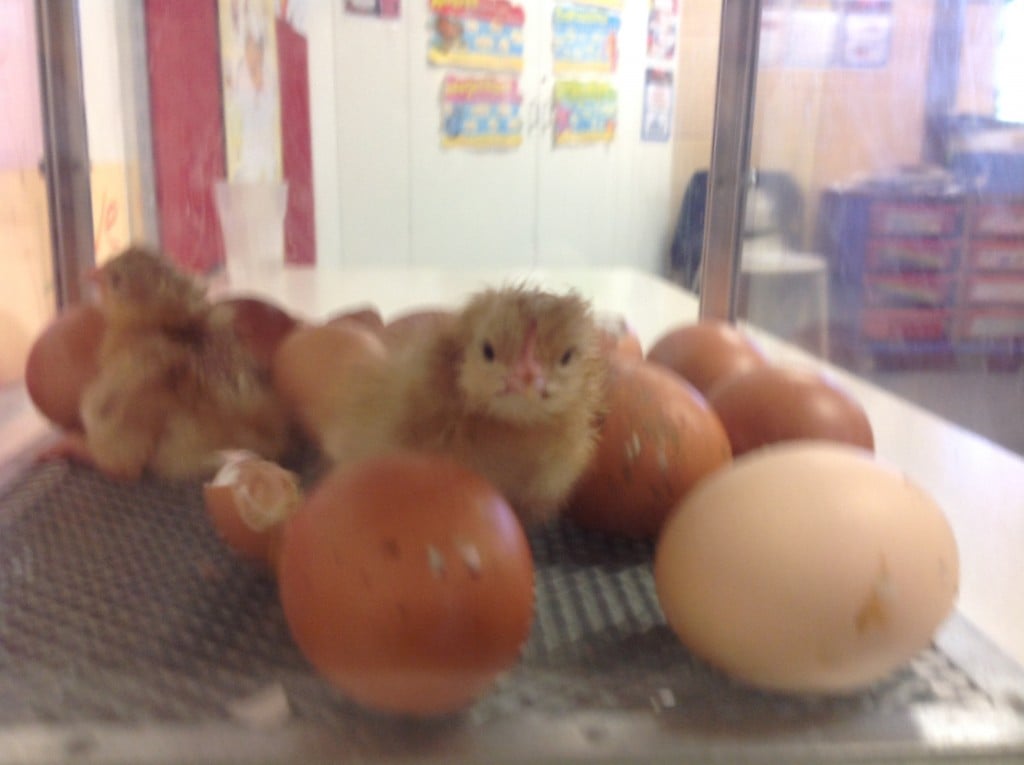I have always been fascinated by Minecraft. It is simple and easy to use, kids love it and it is an open ended creative virtual environment that has a wide range of applications for learning. I must admit that I do not have a Minecraft account but two of my children share an account and they are hooked. They spend time creating dwellings mostly, designing living environments and watching videos of what others are doing in Minecraft.
What motivated me to write this post was an article (passed to me by Wardy) in the Kadina Memorial School newsletter. Teacher Luke Atkinson wrote about how his 5/6 LA class had used Minecraft to learn about Sustainability. I have copied and pasted the article directly from the KMS newsletter below.
As part of our ‘Sustainability’ focus within Design and Technology the 5/6LA (TR2) class used Minecraft. This wasn’t just any random level, but a specifically designed map with 2 islands. Each island had limited resources. The aim for students was to create a sustainable environment. I had my own underlying focus on sociology and wanting to watch how the students interacted with each other. The students formed 2 groups, each of which had an island to themselves. My role was to watch and not influence what the students chose to do. This type of learning is dependent on reflection and what outcomes the students see as important.
By the end of the lesson many students had much to say about what they had achieved. Island 1 was decimated, with barely anything left. There was no food (apart from a pig stuck in a tree) and limited trees were remaining. The group was so focused on building a huge and amazing house for everyone… they ran out of resources. Island 1 commented that if they had to do it again they would build a smaller house and focus on re-growing trees, rather than cutting them down without future planning.
Island 2 built many small houses on their island, some into the hillside, others made of wood. The students commented that if they were to do it again they would maximise the land for food (animals and crops) and not build houses out of wood but stone, as wood is flammable.
Oddly enough there was also an Island 3. Two students didn’t agree with what Island 1 was doing so they dug out some sand and dirt and started to build their own island. They discussed the importance of working with others and planning when using limited resources. The students had countless stories to tell and wrote up what happened. There were discussions on how to improve for the future and how this reflected upon their own lives. They had created a system of law enforcement (a prison I was to run for them), discussed resource management, the correct use of resources and even built a separate nation for those who didn’t agree. Only in minecraft could this open and deep version of learning be possible.
Luke Atkinson, Kadina Memorial School
This is a great example of how Minecraft can be used in the classroom and thought it was worth sharing with everyone.
Not having much experience (none) with Minecraft in schools my understanding is that schools can use the original version created by Mojang or MinecraftEdu a version designed by Teacher Gaming with full endorsement from Mojang. The total cost to purchase MinecraftEdu across 28 computers would be a one off cost of $433.
Below are some videos helping to explain Minecraft as an educational tool.
Click here to visit the Educrew YouTube Channel.They have 12 instructional videos to help you get started with MinecraftEdu.









